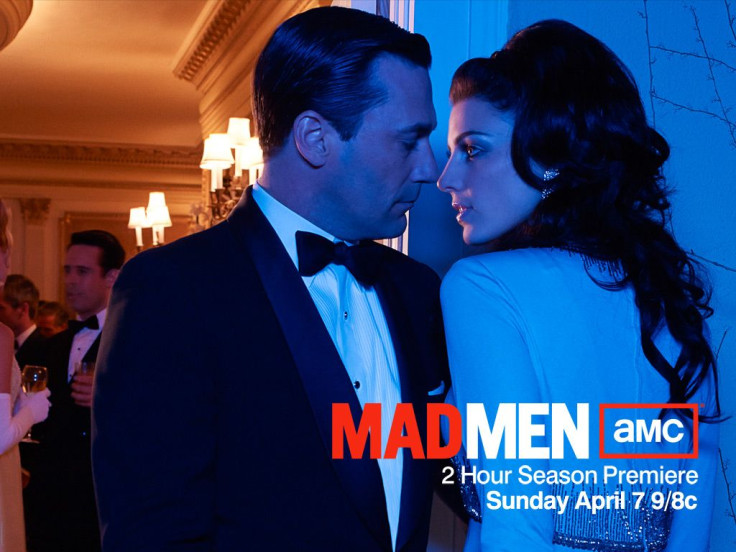Why We Love Or Hate Apple And Swiss Army Knives: Study Finds Three Keys to Brand Affinity

For six seasons, millions of TV viewers have found themselves entranced by Mad Men and its portrayal of the glamorous world of advertising during the 60s. Seemingly, the "creatives" on the show are uniquely capable of inspiring fervent attachment to unremembered brands of the era. But while it's a fun watch, most of us know a different truth. Although we may feel a strong attachment to the rare brand or two, most products inspire apathy no matter how many millions are spent on its advertising.
So why do consumers develop strong feelings for one product and not another?
According to a recent study, brand attachment is achieved by appealing to people's aesthetic, functional, and spiritual needs. Marketers who want to build emotional affinity for their brands, then, need to appeal to consumers on three fronts - enticement, enablement, and enrichment.
"There are many cases these days where people are very adverse to certain brands. This is a serious issue," said C. Whan Park, professor of marketing. "Why people become so antagonistic toward a brand is based on these three reasons, when it displeases them aesthetically or doesn't help them solve their daily problems or is contrary to their personal beliefs."
To test their attachment-aversion model, researchers from USC Marshall School of Business developed the four-item scale of the attachment-aversion measure and conducted three studies, assessing consumer purchasing behavior over time, based on carefully chosen products. Among the products were those from Apple, the technology company known to draw intense consumer loyalty, and Manchester United, the soccer franchise that generates extreme reactions, both positive and negative, in Great Britain. The scholars measured attachment and aversion by looking at attitudes and actions: what consumers would do for these brands, including defending them against criticism, participating in an affiliated charity event, and feeling happy (sad) when good (bad) things happened to a brand.
"Great brands simultaneously offer sensory pleasure and self-pride. Sensory pleasure comes from the self-enticing product cues (e.g., product design, package design, color, brand logo, etc.). Self-pride comes from two different sources: self-enabling benefits of a product and self-enriching message of a brand," said Park.
The authors described strong aesthetics or self-enticing properties as exemplified by the taste of deep chocolate or the sleek design of an expensive car. Self-enabling benefits or the ability to solve customer problems would be evidenced by the swiss army knife. Finally, self-enriching benefits - those that resonate with customers' beliefs or values and support their self-identities - would be activated by membership to nonprofits, location brands (such as one's hometown), or luxury labels that are aspirational such as Rolex.
Older consumers, the researchers discovered, were motivated by the self-enriching qualities of a brand moreso than by aesthetic appeal, whereas the opposite was found to be true for younger consumers. And, a brand's self-enriching impact ultimately becomes the predictor of attachment, just like with Nike's "Just Do It" campaign, true proof of this principle.
According to the authors, their model was able to predict consumer reactions through not only their stated future intentions but actual purchasing behavior during the final study. "Attachment-aversion (AA) model of customer-brand relationships," published in the Journal of Consumer Psychology, concludes that enticement, enablement, and enrichment are critical for all brands and their interplay will determine whether consumers become more attached or become more averse to a product or a service.
In other words, all that Don Draper intuitively understands is true: a brand inspires when it provides pleasure, speaks to who we are, and helps us manage problems.
Published by Medicaldaily.com



























